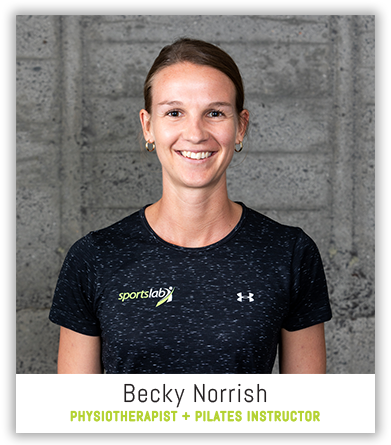Have You Jumped The Gun?
The human body is an amazingly adaptable and responsive machine. The tissues in our body are in a constant state of change, responding to the forces and loads that we put it under. But if our bodies are such highly adaptive machines, then why do we find ourselves getting injured? Why do we get injuries that seem to come on gradually without any significant trauma or an accident? And why do we struggle with niggle after niggle whenever we try to increase our volume, speed, or cross-training load?
The key to these questions is the training load vs tissue capacity equation. A key to preventing and managing injuries is understanding how to find the balance between two main factors; 1) our total load and 2) our body’s capacity to tolerate that load. Essentially, when your total training load outweighs your body’s ability to cope, often the result is something starts to hurt!
So what do we mean by “load”? Load is any physical stress applied to our body’s tissues during activity.
Our total training load is dependent on several factors including:
Volume (how much)
Intensity (how hard)
Frequency (how often)
Type
It’s also important to remember the total load is not just constituted by what happens during training but also from all the activities that make up our day. This includes everything we do physically at work, home and school, and is influenced also by sleep patterns, stress levels and diet.
When looking at achieving a healthy balance we also need to work out what the tissue load capacity is. Just like load, this is going to be completely different for everyone. It is dependent on a range of biomechanical factors including baseline strength, mobility and movement control, dictated generally by how much that person is already doing, or has done in the past.
Our bodies are constantly adapting and changing in response to load. Loading our tissues through sport, exercise and general movement is a good thing. It leads to positive adaptations within our tissue, we become stronger, fitter and even promote tissue healing.
However, the problem often occurs when the load we apply to our body exceeds what we are capable of tolerating.
The biggest issue seems to be around the rate of change i.e. when our total load increases too quickly. We might start a new training programme, or kick into pre-season training after a period of doing less. Suddenly our total volume, intensity, or frequency has ramped up in only a couple of weeks. The body doesn’t have sufficient time to positively adapt to tolerate this new level of load and unfortunately this often leads to injury. Some examples of tissue overload injuries include tendinopathies and stress fractures.
Therefore, our best advice when it comes to minimizing your risk of injury is to build your training load gradually, taking all aspects of total load into consideration,
When managing load we can also think about it as a spectrum. At one end we have no load or activity, at the other end we have excessive loading or overload. In the middle we have the sweet spot of optimal loading, this is zone where positive adaptations such as strengthening occur. This spectrum is constantly changing.
As previously mentioned, overload or too much activity results in negative consequences for our body. It should be remembered that the same occurs at the other end of the spectrum, where tissue under-load also leads to weak, stiff or tight tissues that become deconditioned.
In short, if you want to reduce your injury risk or perform effective rehabilitation post injury, the key is to balance your total load with your capacity to handle that load. A well-structured training or rehabilitation programme with gradual progressions and individualized strength and conditioning is a good way to achieve this.
Becky Norrish is one of our SportsLab physiotherapists. She doesn’t like to brag but we like to brag about her. She is hugely talented, likes to talk to inanimate objects, can take any challenge you throw at her, and is just an all-round good sort.


